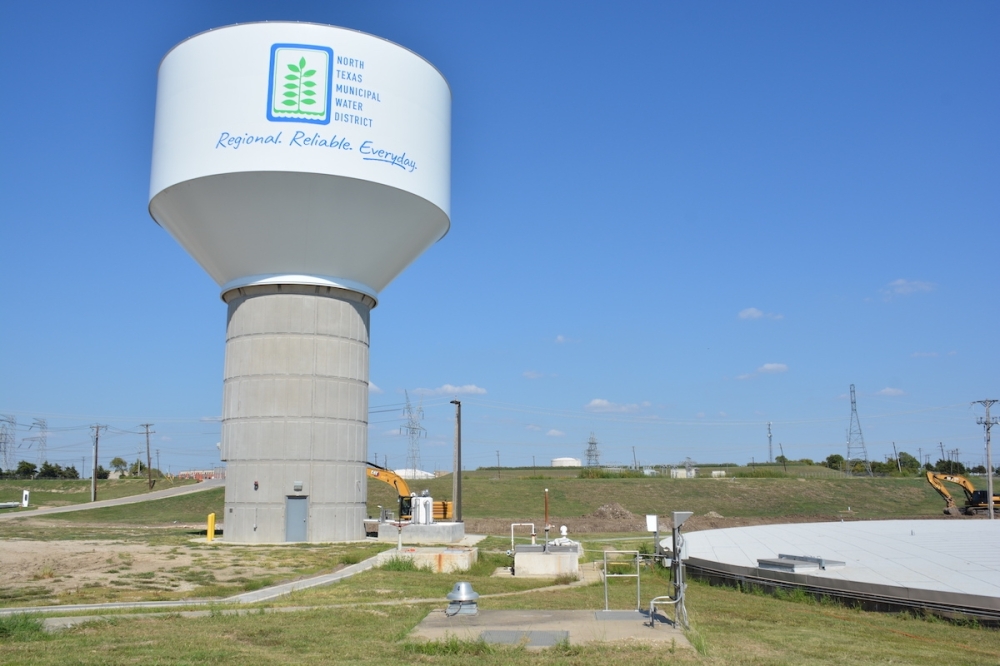The district’s board of directors adopted the nearly $820.3 million budget, a 10.3% increase compared to the $743.4 million budget for 2023-24, at its Sept. 26 meeting.
Revenues for the NTMWD budget, which total around $819.5 million, come from the wholesale water, sewer and solid waste rates charged to both member and customer cities.
Two-minute impact
As part of the 2024-25 budget, NTMWD will allocate $447 million for regional wastewater infrastructure and smaller sewer systems, according to district documents. Of the $447 million, $100 million is earmarked for increasing the maximum wastewater system capacity during wet weather events.
“Ensuring our wastewater systems can handle increasing flows protects public health and the environment and helps prevent sanitary sewer overflows,” Jenna Covington, executive director and general manager of NTMWD, said in the news release.
Additionally, the 2024-25 budget includes $390 million for maintaining a safe, reliable drinking water supply, per the news release. That allocation includes provisions to help launch expansions at the district’s Leonard and Wylie water treatment plants.
Why it matters
RJ Muraski, NTMWD assistant deputy for the capital improvement program planning, said the investments are necessary because of continued population growth, which is estimated to be over 55,000.
“Unlike transportation, we have to have our facilities built ahead of time to be able to provide those vital services of water, wastewater and solid waste,” Muraski said.
District officials are also dedicating time and effort toward 25 water management strategies, such as new water intake solutions and aquifer storage and recovery, to ensure there are adequate water supplies in the future.
“We always have to have those identified so we can understand where we need to put our priorities,” Muraski said. “It is a big challenge, because nobody brings water [with them], and most of the water that’s available is a long way away.”
One more thing
NTMWD plans to invest around $1.1 billion into its ongoing capital improvement program, according to the release. Per district documents, it is the second consecutive fiscal year that officials predict over $1 billion in capital improvement expenditures.
Chipperfield added that the program will largely be supported through the issuance of bonds, although some financing does come from the district’s capital reserves.
“We’re looking for every way to be great stewards of the funds,” Muraski said, referencing how the district has balanced system needs with increasing construction costs.

